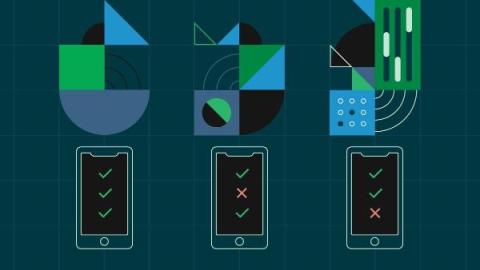Operations | Monitoring | ITSM | DevOps | Cloud
October 2023
Debugging made easy with Debug-GPT: Your OpenAI-powered debugging assistant for Chrome
Testing GenAI: How to approach nondeterministic software development
How to test a MongoDB NoSQL database
Most development teams know that testing the application layer of a system (a.k.a the codebase) is of vital importance. Testing the data layer (the database) is just as important. To perform database testing, you construct queries to assert and validate the database operations, structures, and attributes required by the application connecting to the database.
GenAI in production: how we built AI into CircleCI
Automate deployment of Java Spring Boot apps to AWS Elastic Beanstalk
The benefits of automating deployments for your Java Spring Boot application are undoubtable. Not only is it possible to set up images and run tests or compatibility checks before updating the production environment, but CI/CD providers like CircleCI take a step further by streamlining the entire delivery process from code changes to deployment. Many teams assume that the specifics of their development stack or deployment process will make automation difficult to achieve.
Continuous integration for Yii2 APIs with Codeception
Continuous integration (CI) is the process of integrating changes from multiple contributors to create a single software project. A key component for a smooth CI pipeline is testing. Tests prove that the code does exactly what it says on the tin and that it’s safe to merge the code into the central repository. Tests also anticipate edge cases and ensure that the code handles such cases in a deterministic manner.
Testing a Spring Boot API with SpringBootTest and CircleCI
When it comes to building and delivering modern web applications, the importance of continuous integration cannot be overemphasized. With the rapid pace of software development, ensuring that every change in your codebase is thoroughly tested and seamlessly integrated into your project is essential for maintaining a robust and dependable application.
Cloud native mobile game CI/CD with Unity and CircleCI
This tutorial provides an easy-to-understand introduction on how to run your mobile gaming CI/CD in the cloud using CircleCI, GameCI, and Unity.









